Microsoft’s 7 Biggest Product Announcements At Ignite 2021
The company used its Ignite conference to debut new offerings in edge computing and mixed reality, while announcing major updates for Azure, Teams and Dynamics 365.
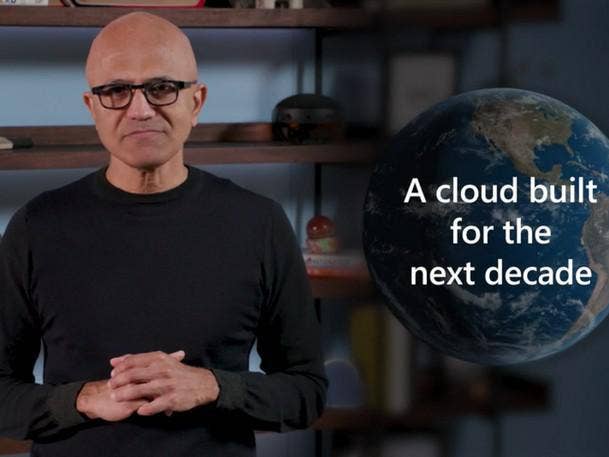
The Latest From Microsoft
Even though only five months had passed since its last Ignite conference, Microsoft still had a barrage of new product announcements to offer at the virtual Ignite 2021 this week. The tech giant used the conference for IT professionals to unveil new solutions in edge computing (Azure Percept) and mixed reality (Microsoft Mesh), while also announcing major updates for the Azure cloud platform, the Teams collaboration app, Dynamics 365 and Azure Active Directory. As Microsoft CEO Satya Nadella said during his Ignite keynote on Tuesday, the world “will require much more” from the cloud as the recovery from the pandemic gets underway. “These cloud advances are what will enable every organization in every sector to create [a] broad economic surplus in every community, in every country,” Nadella said. “This is what the Microsoft cloud delivers.”
What follows are the key details on Microsoft’s seven biggest product announcements at Ignite 2021.
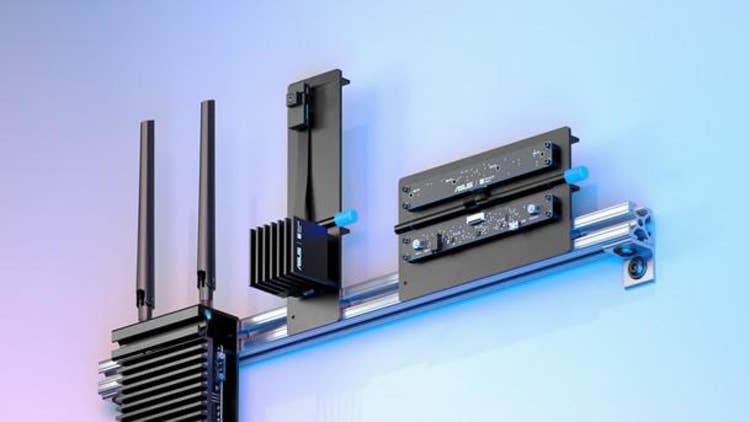
Azure Percept
Microsoft hopes its new Azure Percept platform can help users bring AI to the edge through Azure. Now in public preview, Azure Percept is meant to help customers develop and operate AI models in lower-power cameras and audio devices regardless of customers’ coding expertise. Percept draws on Azure cloud offerings including device management, AI model development and analytics to provide an “end-to-end” system, Microsoft said. Azure Percept works automatically with Azure AI, Azure Cognitive Services, Azure Machine Learning and Azure Live Video Analytics, and it’s integrated with Azure IoT services.
Users will have access to Azure AI Cognitive Services and Azure Machine Learning models plus open-source AI models designed to run on the edge. Azure Percept devices automatically connect to Azure IoT Hub for reliable communication with security protection between internet-connected devices and the cloud. Users can integrate Percept-based products and services with Azure Machine Learning processes that combine data science and IT operations to develop machine learning models faster.
Microsoft hopes Percept will help customers use pre-built Azure AI models for object detection, shelf analytics, anomaly detection, keyword spotting and other functions at the edge. The Percept platform will include a development kit with the Azure Percept Vision intelligent camera, a carrier board and mounting tools.
Hardware shipped with the development kit will use industry standard 80/20 T-slot framing architecture so that customers can use existing industrial infrastructure before scaling up to wider production with certified devices. Azure Percept Audio — a voice-enabled system-on-module with a four-microphone linear array allowing voice activation and customer commands on local devices with microphones — will ship separately.

Microsoft Mesh
Microsoft revealed its next big step in the realm of mixed reality at Ignite, with a new platform—Microsoft Mesh—that aims to enable users to interact in a “shared holographic world.” Microsoft Mesh offers a holographic space that users at different locations can enter into and interact with each other (using supported hardware). At first, users will appear to each other as virtual avatars, Microsoft said. But the vision is to eventually offer “holoportation” capabilities, so that users can appear as themselves in the Mesh space, according to the company. Microsoft Mesh “enables you to interact holographically with others with true presence in a natural way,” Nadella said during his keynote at Ignite. In terms of business applications, Microsoft offered the example of a group of engineers meeting inside of the Mesh virtual space to collaborate on 3-D models.
The Mesh virtual space will be accessible using Microsoft’s own mixed-reality headset, the HoloLens 2, along with “a range of virtual reality headsets, smartphones, tablets and PCs,” Microsoft said. The company launched a preview of the Mesh app for HoloLens, which is initially aimed at enabling co-workers to collaborate with each other remotely. Microsoft also disclosed that it’s planning to integrate Mesh with its Teams collaboration app—opening the possibility of holding Teams meetings inside the Mesh virtual space—as well as with Dynamics 365.

Azure Purview And Migrate Updates
Microsoft has moved new capabilities for the Azure Purview unified data governance service into preview. The capabilities include automatic scanning and classification of data in Amazon AWS Simple Storage Services (AWS S3) SAP ECC, SAP S4/HANA and Oracle Database — meaning that users can scan and classify data in various on-premises data stores with the Azure Purview Data Map. While Azure Purview has had the ability to scan and classify data in Teradata, SQL Server on premises, Azure data services and Power BI since debuting in December, users can also now use Purview to scan Azure Synapse workspaces across serverless and dedicated SQL pools. That allows for a Purview-powered search in Synapse workspaces, Microsoft said.
Meanwhile, new capabilities for Azure Migrate--a solution for assisting with Azure cloud migrations--are now in preview with the goal of making Azure SQL migrations easier. Users can discover and assess SQL servers and databases for Azure migration from within Azure Migrate, Microsoft said. The solution also now provides an app containerization tool with support for ASP.NET and Java web apps to help customers migrate apps to containers running on Azure Kubernetes Service (AKS). A new Azure PowerShell module adds support for the Server Migration tool’s agentless method of migrating VMware VMs to Azure by allowing users to configure and manage replication of servers to Azure and migrate them to Azure VMs with Azure PowerShell cmdlets in an automated, repeatable manner, Microsoft said.
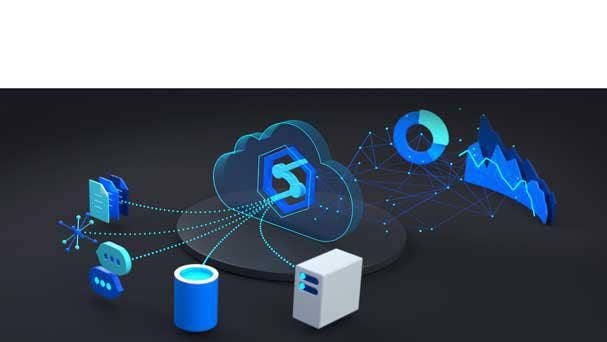
Azure Synapse Pathway
Microsoft hopes to speed up migration from legacy or cloud data warehouses to Azure Synapse Analytics with the new Azure Synapse Pathway solution. The tool scans source systems and automatically translates existing scripts into TSQL, according to a blog post from Rohan Kumar, corporate vice president of Azure Data at Microsoft. The tool can automatically translate more than 100,000 lines of SQL code in minutes and help customers migrate from Teradata, Snowflake, Netezza, AWS Redshift, SQL Server and Google BigQuery, Kumar said. Azure Synapse unites data integration, enterprise data warehousing and big data analytics for real-time insights.
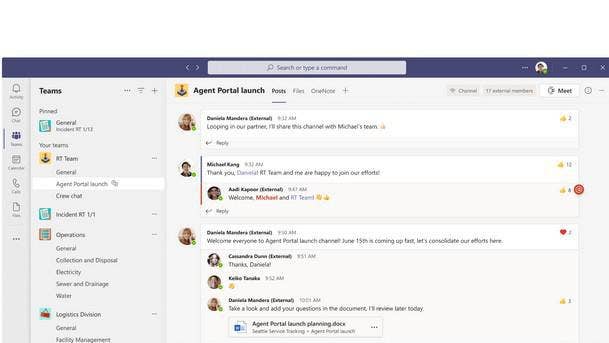
Teams Updates
At Ignite, Microsoft announced it’s bringing the ability to share channels within Teams, including externally (akin to a capability available in top competitor Slack). The feature, called Microsoft Teams Connect, enables shared channels that could be useful for communicating with external parties such as customers, partners and suppliers, Microsoft said. The shared workspace will offer standard Teams capabilities such as chat, meetings and collaboration on apps--as well as the ability to collaborate jointly on documents in real time. Microsoft Teams Connect is now available in private preview and “will roll out broadly later this calendar year,” Microsoft said.
Microsoft also announced a new Presenter mode for Teams that will let presenters customize the appearance of their video feed and content. Standout mode will allow the speaker’s video feed to appear in front of the content, while Reporter mode shows content above the speaker’s shoulder as a visual aid (similar to on a news program). Meanwhile, Side-by-side mode displays the presenter video alongside the content during the presentation. In March, the Standout mode will debut, followed by the Reporter and Side-by-side modes “coming soon,” Microsoft said.
Additionally, for commercial customers, Microsoft is launching end-to-end encryption (E2EE) for 1:1 Teams calls. Teams will enable end-to-end encryption to provide another way to conduct sensitive calls, Microsoft said. End-to-End Encryption For Teams Calls will be available in preview for commercial customers during the first half of the year, the company said.
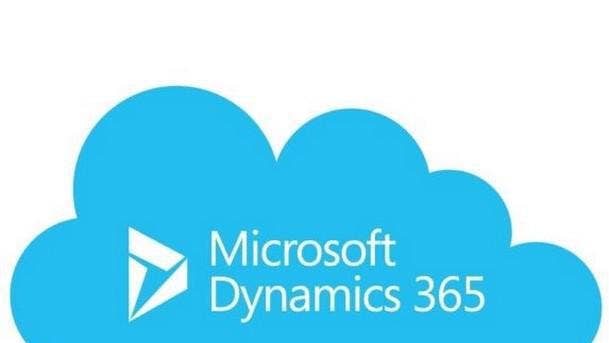
Dynamics 365 Integrations
With this week’s announcements at Ignite 2021, solution providers can expect more integrations between Dynamics 365--Microsoft’s combined CRM/ERP offering--and the company’s other major products. New integrations with the Microsoft Teams collaboration app will aim to help sales teams, customer service representatives and other stakeholders with landing new customers and building loyalty with existing ones, according to a blog post by Muhammad Alam, corporate vice president of Microsoft Dynamics 365.
For instance, sales teams can use the Teams video and audio meeting experience to automatically transcribe calls and analyze content through Conversation Intelligence inside Dynamics 365 Sales. Sellers can make a Teams call from inside a workflow, inside a customer relationship management platform, with conversational key performance indicators (KPIs) and business insights surfaced to improve the conversation.
Users of Dynamics 365 Customer Service can access Teams’ chat capability to find and collaborate with subject-matter experts while working to resolve customer complaints faster. Customer service representatives can also link relevant chats to underlying records to see the history of a customer’s issue.
Microsoft has updated integrations between Teams and Dynamics 365 Commerce to allow better task list creation and assignment management. Later this year, Microsoft Teams users can access Microsoft Dynamics 365 Human Resources from within Teams, freeing up HR staff. Managers will have the ability to review and approve time-off requests.

Azure Active Directory Updates
Microsoft used Ignite 2021 to announce a pair of notable updates for Azure Active Directory. The first brings an enhancement to Azure Active Directory Conditional Access, the solution for configuring and customizing access policies around factors including user, location and device. Microsoft is now bringing authentication context to Azure AD Conditional Access, providing additional access controls for “granular security at the app level,” the company said. “Authentication context lets organizations move away from one-size-fits-all controls and adopt more balanced policies that appropriately protect important information without unduly restricting access to less-sensitive content,” Microsoft said. Authentication context for Azure AD Conditional Access is now in public preview.
Secondly, Microsoft unveiled verifiable credentials for Azure Active Directory--providing a way to “issue digital claims about identity attributes based on open standards,” Microsoft said. Credentials can be managed in the Microsoft Authenticator app, while developers can use an SDK to verify credentials, the company said. Azure Azure AD verifiable credentials will arrive in public preview in April.